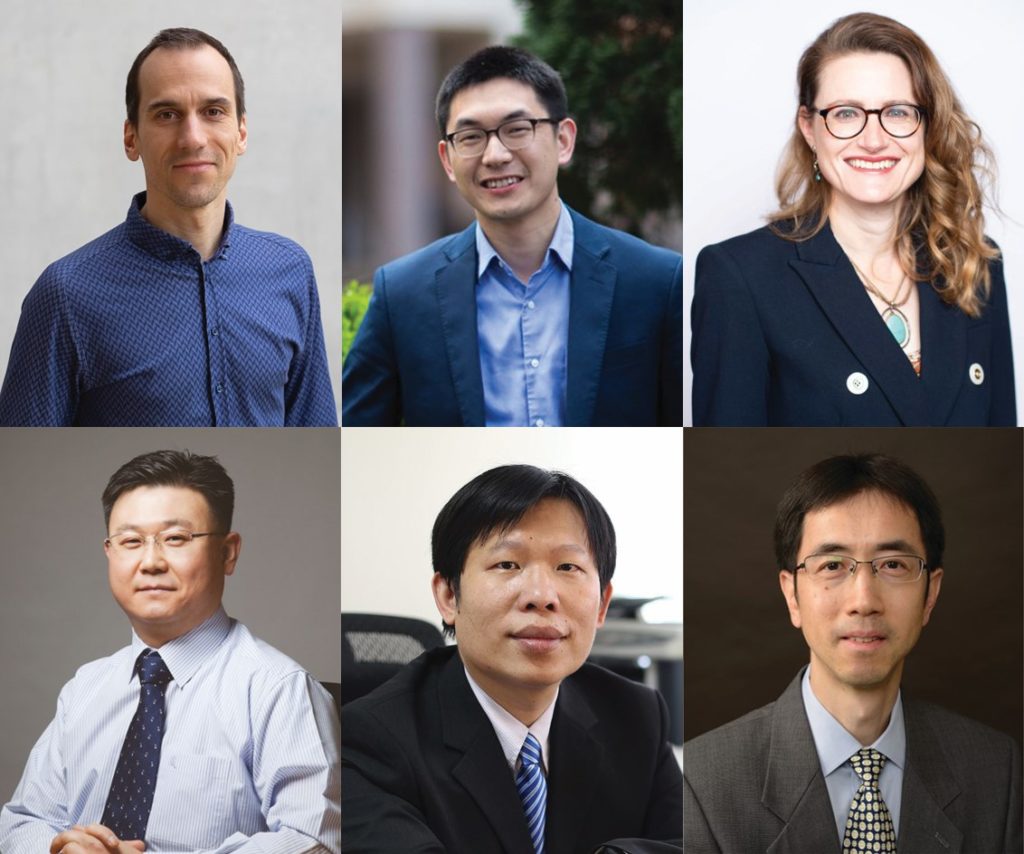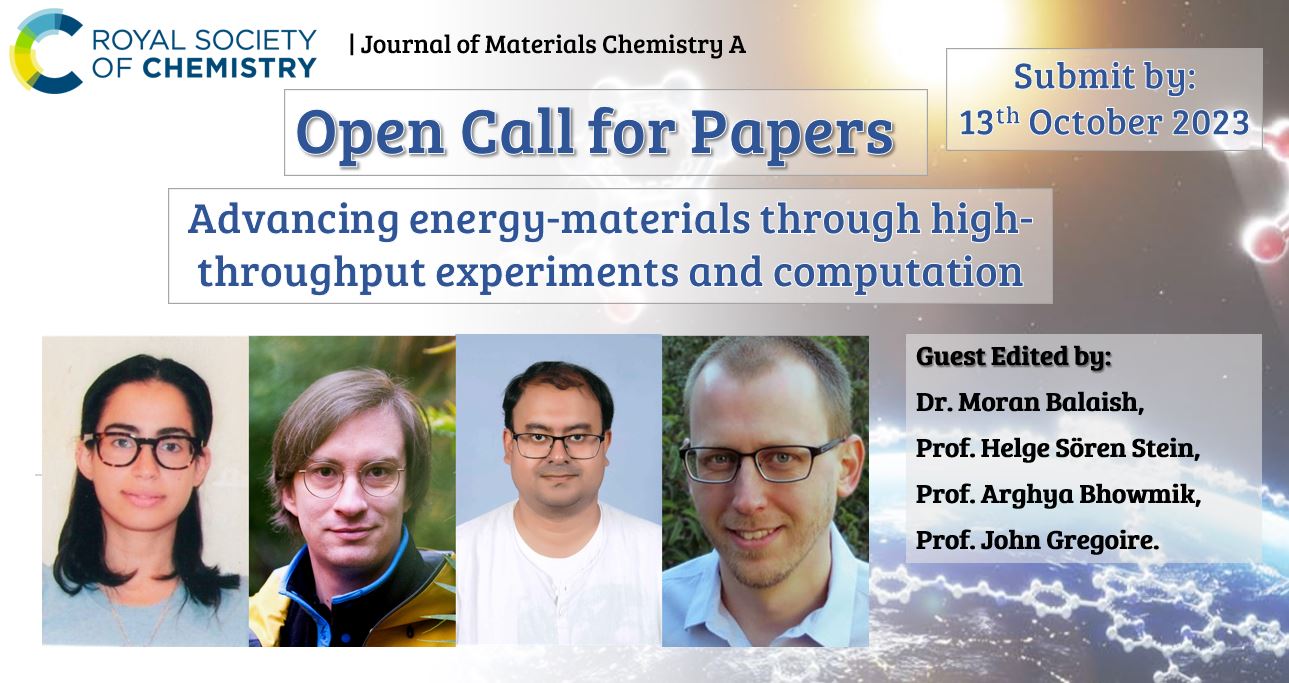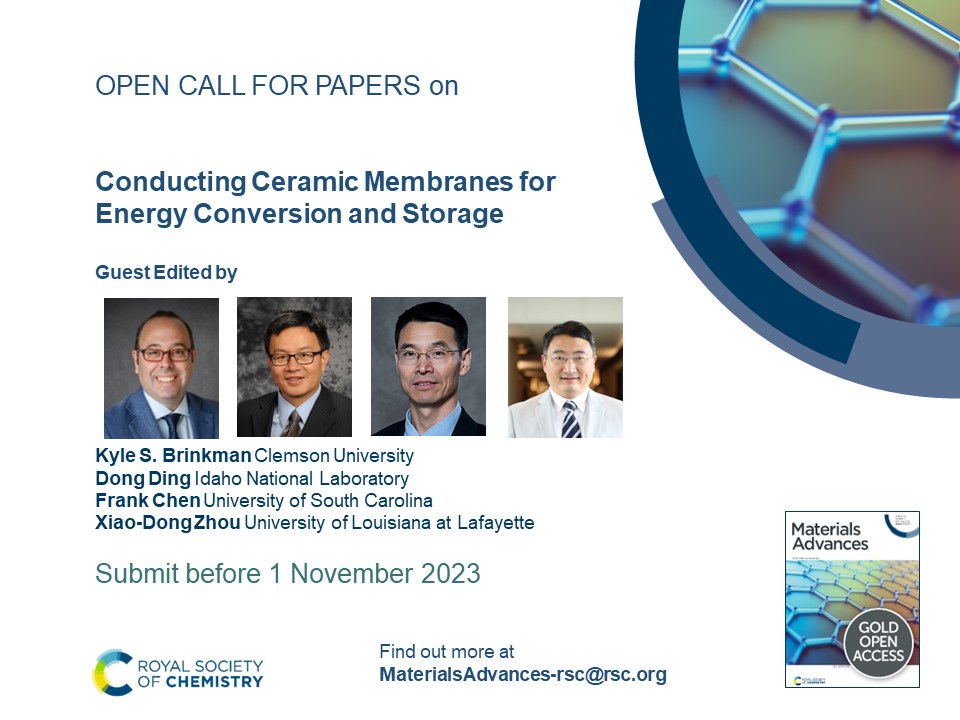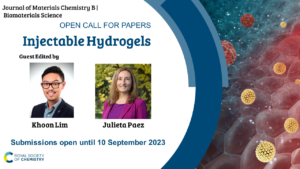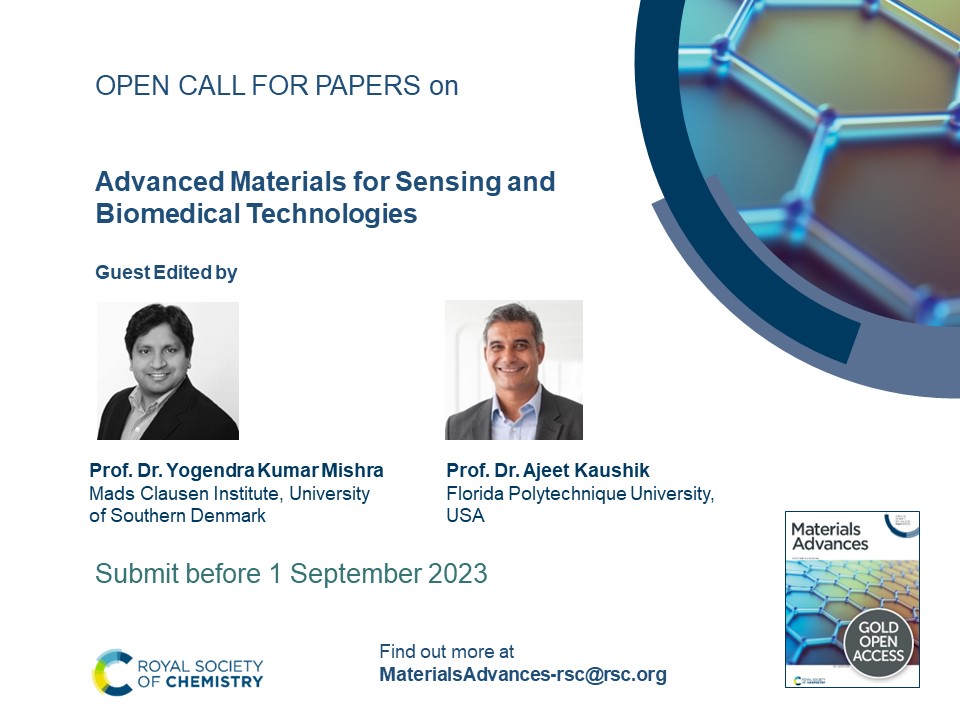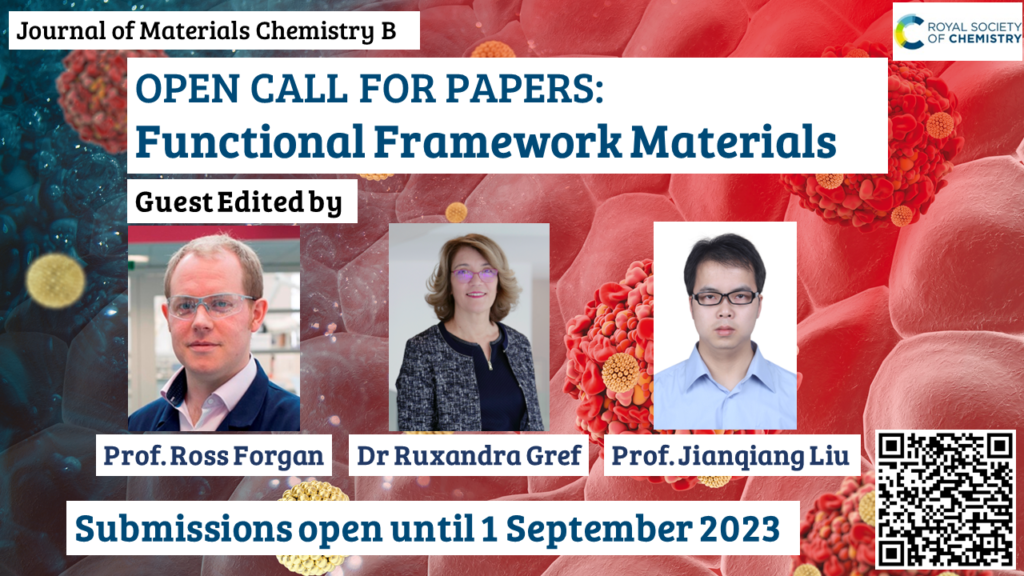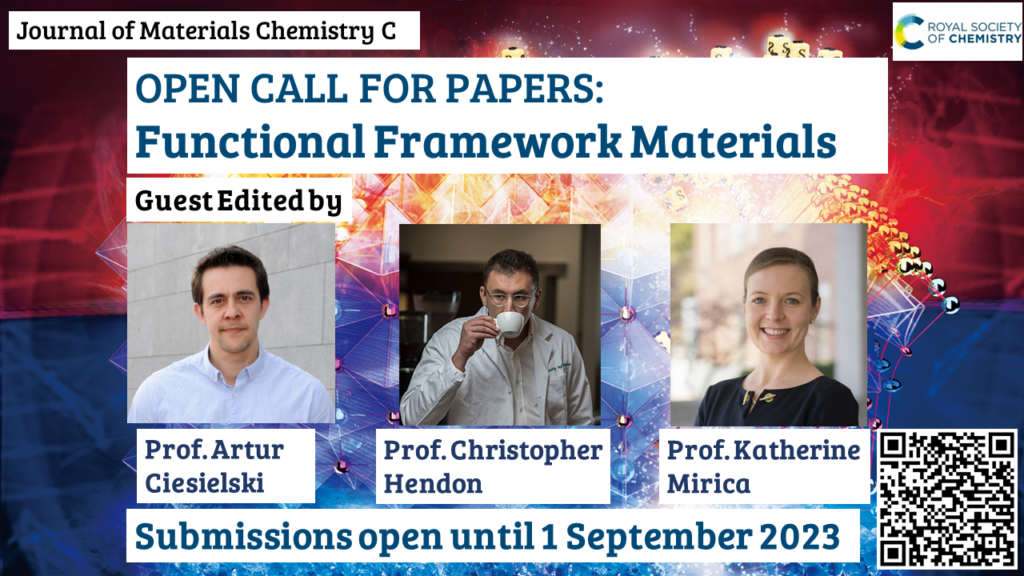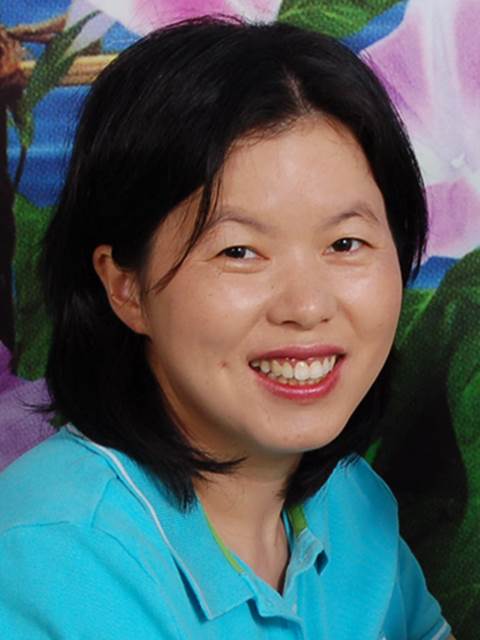This cross-journal themed collection on Sustainable Composites will bring together articles tackling the sustainability of the entire composite lifecycle, including new composite feedstocks, low-energy manufacturing, design for end-of-life, in-use benefits, extended composite lifetime and repair, material recovery and recycling. Contributions should clearly address the sustainability aspects associated with the chosen approach.
The Guest Editors for this themed collection, Professor Ian Hamerton (University of Bristol), Dr Lois Hobson (Centre for Process Innovation) and Dr Jonathan Wagner (Loughborough University)
Find out more about our Guest Editors below:
Professor Ian Hamerton
University of Bristol
Ian Hamerton is currently a Professor of Polymers and Composite Materials with the Department of Aerospace Engineering, Bristol Composites Institute, University of Bristol, Bristol, U.K., with over 30 years of research experience in the development of materials for advanced composites and nanocomposites. He is recognized internationally for work on high-performance polymers. He is the Deputy Director/Research Coordinator of the ACCIS and CoSEM Centres for doctoral training.
Ian’s research is concerned with developing polymeric materials with improved performance suitable for use in demanding environments and technologically relevant applications (e.g. satellites, military and civil aerospace, high performance automotive applications, micro-/opto-electrionics and polymer filters).
Dr Lois Hobson
Centre for Process Innovation
Lois Hobson is a Senior Manager at the Centre for Process Innovation (CPI), a Research Technology Organisation and part of the UK High Value Manufacturing Catapult.
Lois completed her PhD in organometallic (University of Wales, 1991-94) before undertaking postdoctoral positions with Professor Jim Feast (IRC in Polymer Science and Technology, Durham University, ROPA 1995-98) and Professor Shiro Kobayashi (JSPS Fellowship, Kyoto University, Japan, 1998-99) focussing the synthesis and characterisation of hyperbranched polymer systems and artificial cellulosic structures respectively. Continuing her interests in structure-property-performance relationships, she was the first female to hold the Toshiba Fellowship, joining Toshiba Japan’s fuel cell research group (Kawasaki, Japan) in 1999 and establishing patented technology for direct methanol systems.
Joining ICI Group in 2001, Lois worked with National Starch & Chemical Company (Vinamul Polymers BV, 2001) and ICI Group companies (Ablestik Laboratories, Emerson & Cumming, ICI Paints, Quest International) in the UK, Europe, Asia and North America, in research, product development, programme management and techno-commercial roles. Latterly establishing large-scale, cross-business collaborative programmes to create underpinning patented research, technology translation and future product innovation.
In 2008, she moved to the UK public sector as Programme Manager for an £11M Local Enterprise Growth Initiative funded regeneration programme, before joining the Centre for Process Innovation (CPI) in 2009. Over the past 14 years Lois has held various roles across the CPI business, focusing on enabling more effective translation of fundamental science and technology to market, including a 15month secondment to PPX Medical as their European Operations Manager. She has established a portfolio of large collaborative programmes and supporting infrastructure on behalf of CPI, accessing regional, national, and European programmes to build its’ translational capabilities. She currently holds the title of Senior Strategic Opportunities Manager and leads development of CPI’s new Sustainable Materials Strategy.
Dr Jonathan Wagner
Loughborough University
Jon Wagner joined Loughborough in 2018 and was promoted to Senior Lecturer in 2022. He is the Programme Director for the Undergraduate Chemical Engineering Programme and Co-Director for the Interdisciplinary Centre for Circular Chemical Economy (CircularChem).
He completed his PhD in 2016 on the hydrothermal liquefaction of microalgae under supervision of Profs. Valeska Ting and Chris Chuck within the Centre for Sustainable Chemical Technologies at University Bath. Until his appointment at Loughborough, he joined the Horizon 2020 Photofuel project as research associate at Imperial College London, focusing on algae system scale-up and system analysis. Before his PhD, he worked in industry, completing the BP upstream process engineering graduate scheme, with placements in Aberdeen (Schiehallion FPSO) and the CATS terminal in Teeside.
Since 2012, Jon Wagner has secured more than £6m in research funding as PI or Co-I from UKRI and Royal Society. He currently leads a £483k IDRIC-Wave 2 funded project on ‘Algae-based carbon capture and utilisation for UK cluster decarbonisation’ with collaborators at Heriot Watt and University of Manchester, following a successful £125k proof of concept study on algae-based biomethane fuel purification. He is co-founder of Loughborough’s Mini-CDT in low-dimensional catalysis.
Submit your work to the collection by 29 September 2023
For more information on the collection, participating journals and how to submit, see our open call blog post
If you have any queries, please contact materials-rsc@rsc.org. We look forward to receiving your submissions!















